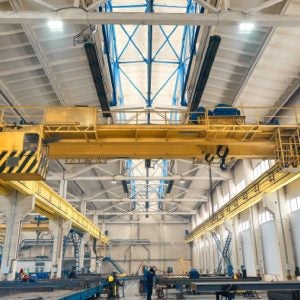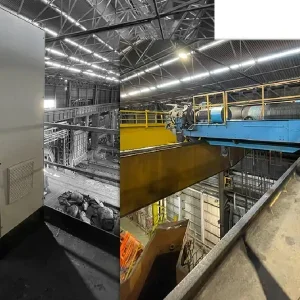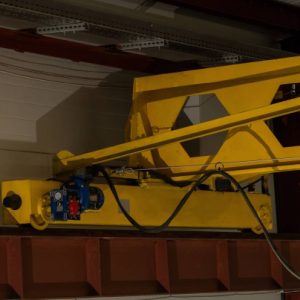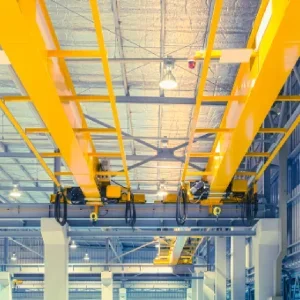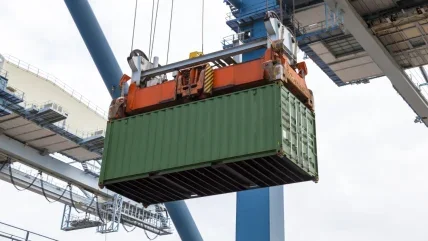
At the Port & Terminal Technology Conference held last month in Miami, Florida, Casper, Phillips & Associates Inc. (CP&A) presented key insights on wind load calculations for container cranes. The presentation, delivered by CP&A‘s mechanical engineer Richard Phillips, was part of an event organised by MCI Media and attended by various industry professionals such as port authorities, terminal operators, and maritime construction firms.
The presentation, titled ‘Don’t Get Carried Away by Wind Loads’, focused on the methodologies used to calculate wind speed, addressing the chaotic nature of wind and its implications for crane design. Phillips highlighted the differences in design codes and standards, noting that even within the same region, cranes and wharves might be constructed based on varying criteria.
Phillips said: “Pretty much all significant structures consider wind loads. The issue is that many structures, including quayside container cranes, may be designed to different standards, and there is often inconsistency between the definitions of wind speed. Many designers believe wind load is the most confusing and unpredictable variable they have to consider. Wind is turbulent; it is highly variable in both time and space. At any given moment, the various surfaces of a structure are subject to different pressures.
“Containerisation is the key link that enabled globalization and continues to play an important role in the global supply chain. However, inconsistent wind definitions can complicate the procurement process. Different regions have different design practices. Even today, certain regions define environmental hazards, such as wind loads, differently. Cranes and the wharves they operate on are almost always designed to different codes.”
A critical topic covered was the storm return period, which refers to the expected timeframe for storms of specific magnitudes to reoccur. For instance, in Miami, a 50-year storm is characterised by wind speeds of 127 mph, while a 700-year storm reaches 166 mph. Phillips emphasised that wharves, with longer lifespans than cranes, are typically designed to withstand longer return periods, accommodating multiple generations of cranes.
The discussion also touched on the challenges of achieving international harmonisation of wind load standards for port infrastructure. Design codes are often influenced by regional practices, climate data, and legal frameworks, making global standardization a complex issue. Phillips and other stakeholders advocate for improved communication to enhance understanding and consistency in design approaches.


